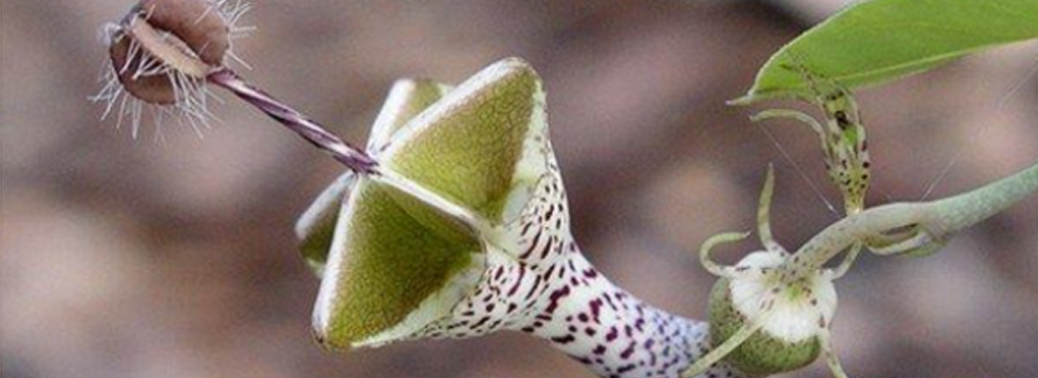STUDY OF ENDEMISM OF NORTHERN WESTERN GHATS
08, May 2020

Prelims level : Environment
Mains level : GS-III Environment, Ecology & Disaster Management
Why in News?
- Scientists at the Agharkar Research Institute, Pune have come up with plant data of the Northern Western Ghats.
Highlights:
- The researchers investigated the Northern Western Ghats to produce an updated checklist of 181 local endemic plant species, including four monospecific genera. They have found that a majority of the endemic species are therophytes, which complete their life cycle in a short period during monsoon.
- The data indicates that in addition to the forest’s plateaus should be prioritized for conservation of the Northern Western Ghats.
- It is the plateaus and the cliffs that harbour most of the endemic species, thus increasing their importance in conservation plans.
- The Northern Western Ghats is the region of rapid diversification of specific herbaceous endemic genera.
Biodiversity in Northern Western Ghats:
- The Western Ghats of India is one of the global biodiversity hotspots owing to the endemism that is sheltered by a chain of mountains.
- The northern part of this biodiversity hotspot, along with the Konkan region, is considerably different from its southern and central counterparts on account of lesser precipitation and extended dry season.A notable geographical feature of the Northern Western Ghats is the presence of plateaus and cliffs that display maximum endemic species, unlike forests. Although the Northern Western Ghats region has been floristically surveyed well, the local endemism of the flowering plants in the area is not much explored.
Significance:
- To project the Northern Western Ghats prominently on the world vegetation map, it is absolutely necessary to complete the IUCN threat status assessment on priority, which is underrepresented for the region.
- The published data can be used as a proxy for conservation planning and effective protection measures of the Northern Western Ghats.
Western Ghats:
- Western Ghats run around 1.6 lakh sq. km, from Kanyakumari to Gujarat and spread across six states.
- Western Ghats is a treasure trove of biodiversity and source of major rivers, including Godavari, Krishna and Cauvery.
- The hills of this area run parallel to the western coast of the Indian peninsula and span Gujarat, Maharashtra, Goa, Karnataka, Kerala and Tamil Nadu.
- The area is an important biological landscape and hosts a variety of endemic species of flora and fauna.
- Alongside such Biodiversity, the Ghats also support about 50 million people.






